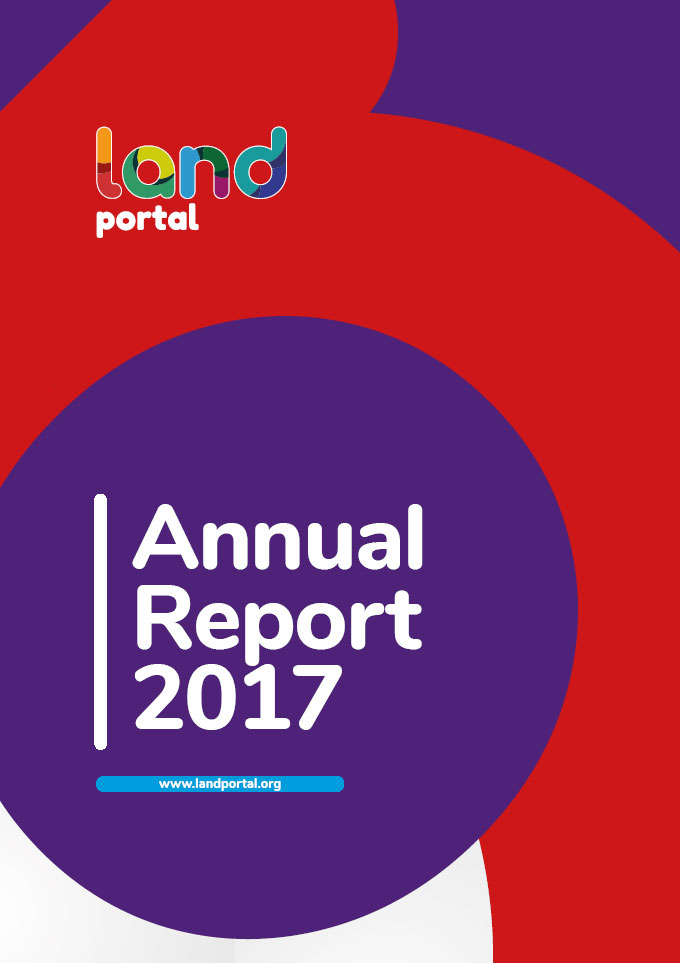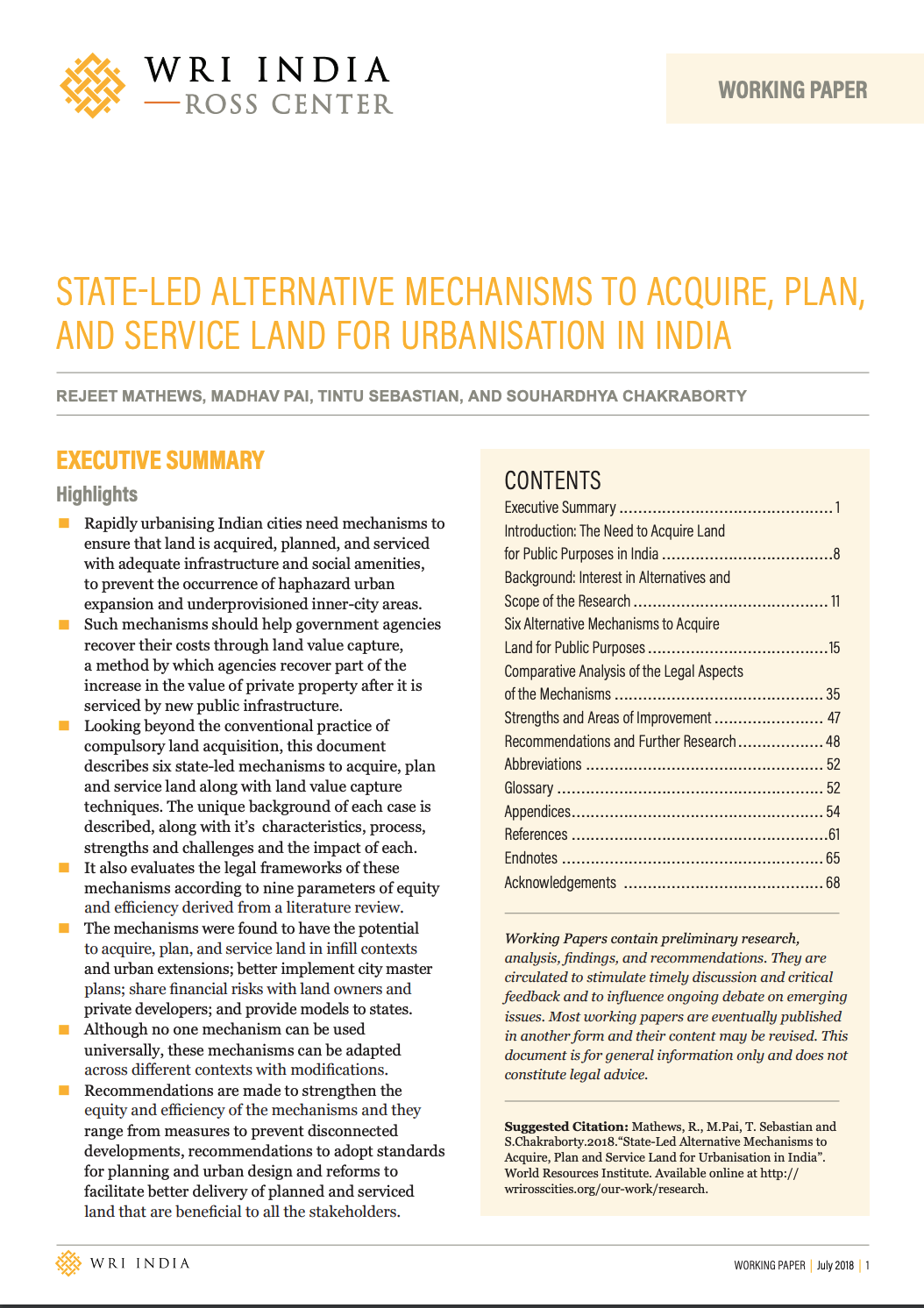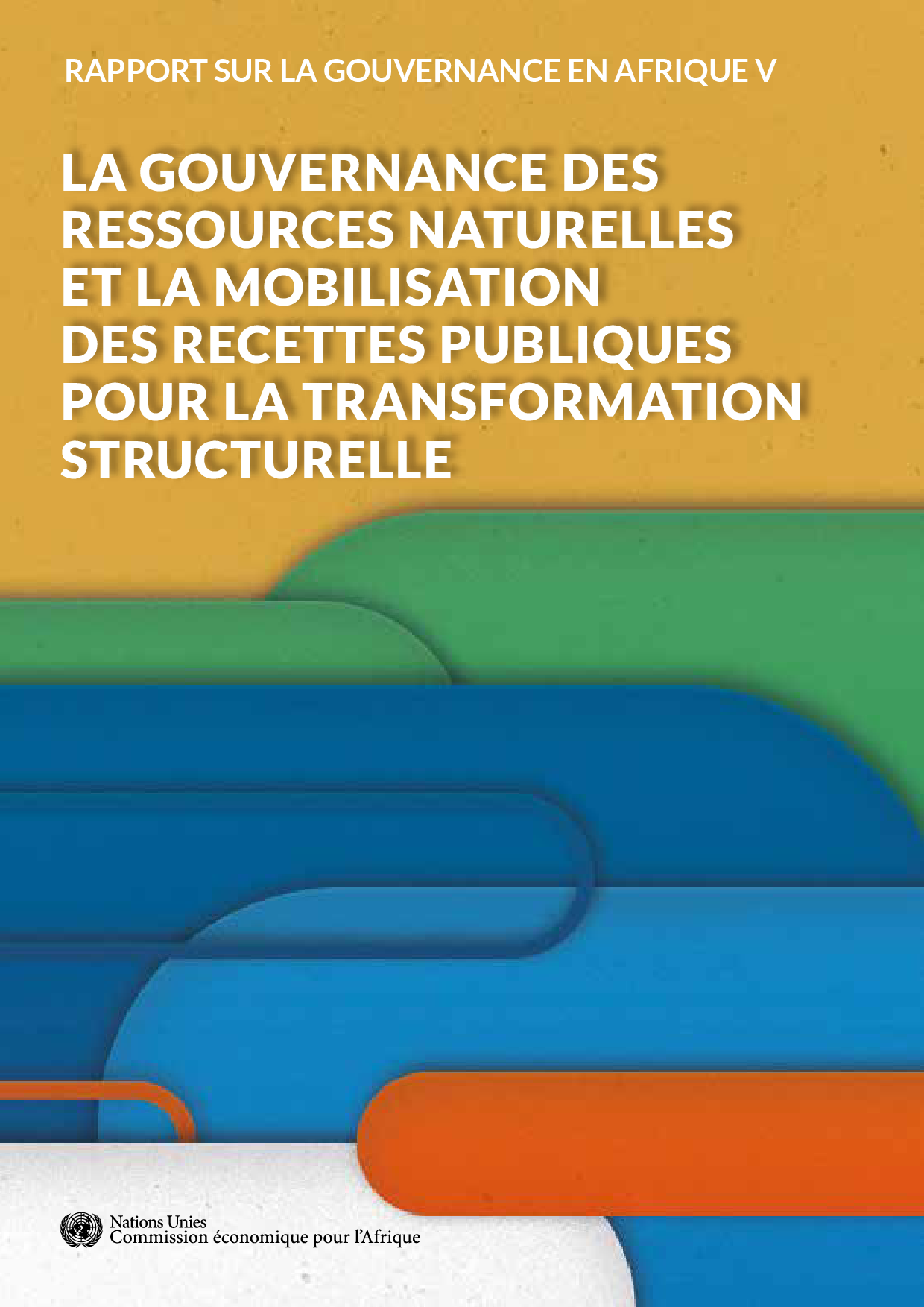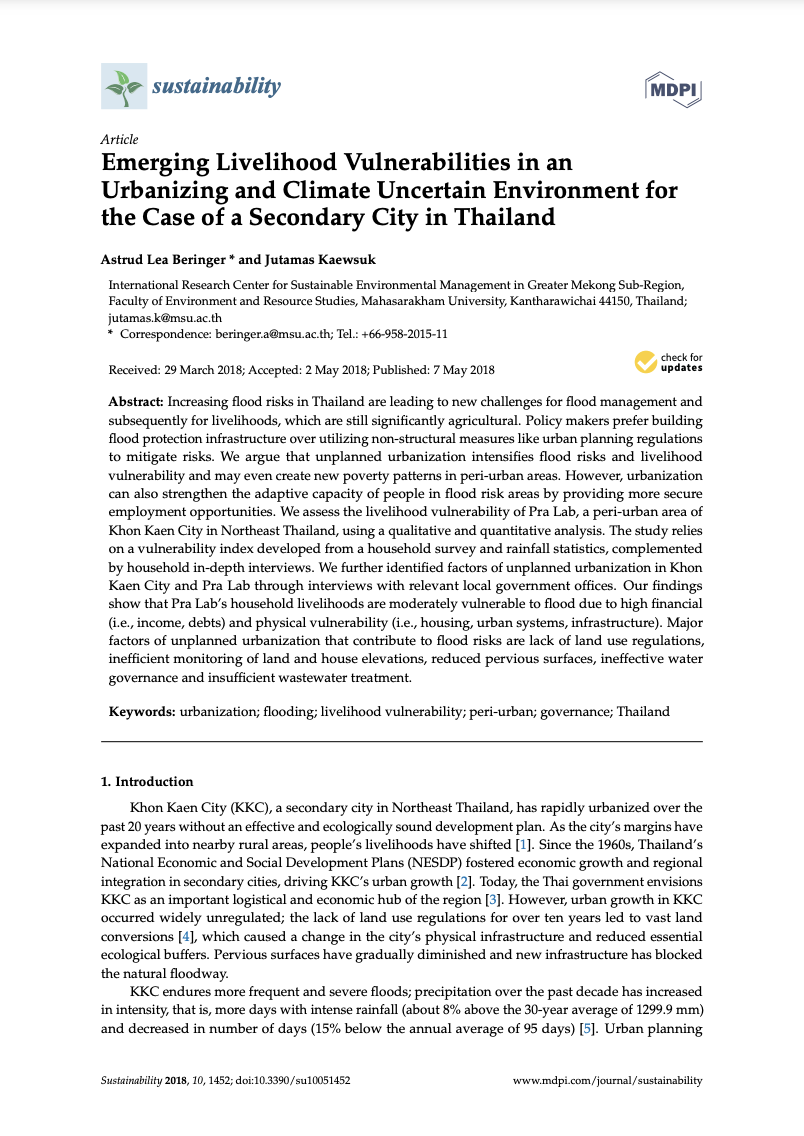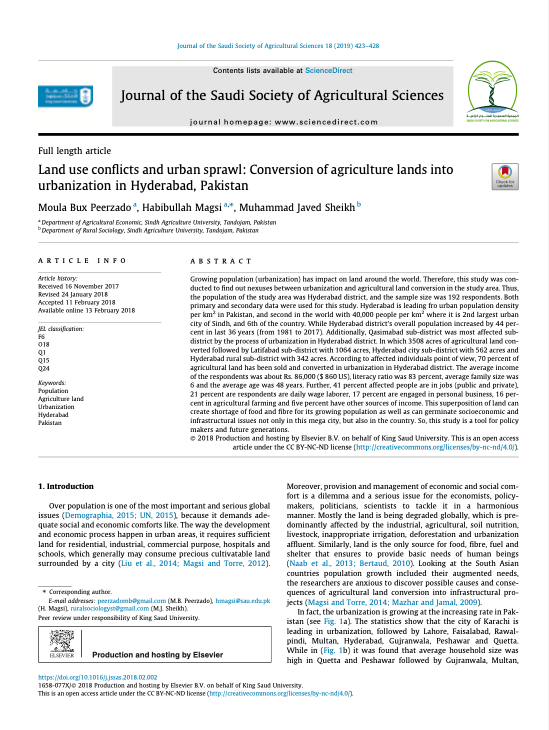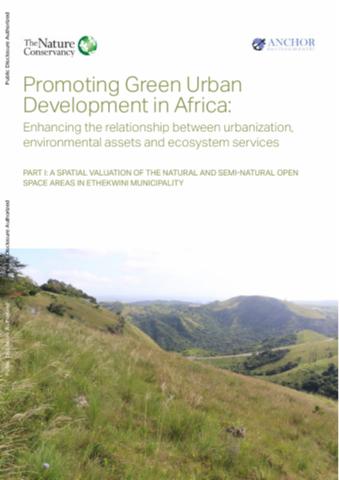Land Portal 2017 Annual Report
Improved access to land and data is pivotal for the promotion of land governance reform as well as the fulfillment of human rights and sustainable development. With access to reliable data and information, informed decisions regarding land and property rights can take place.

